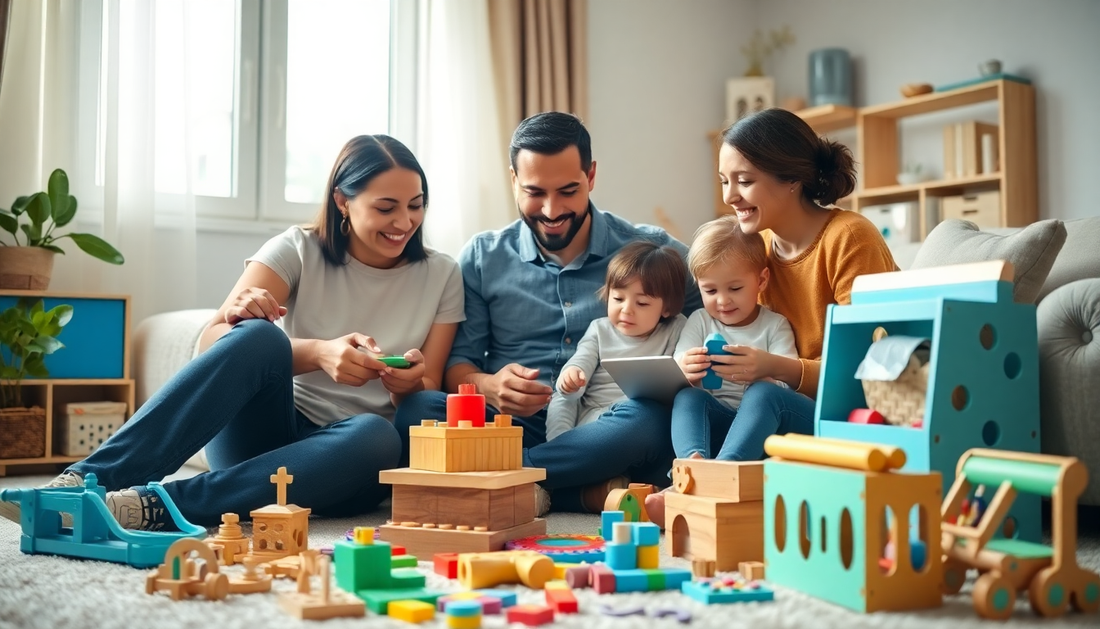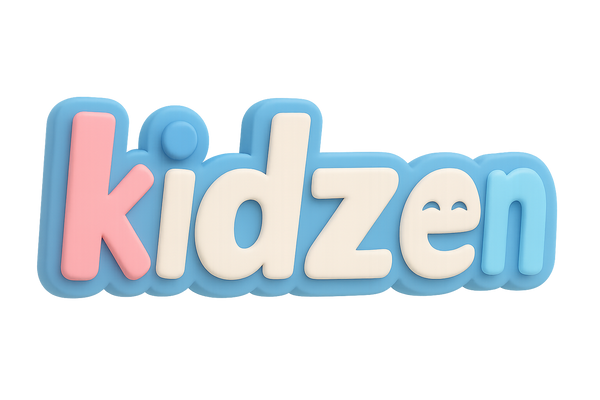
How to Choose the Perfect Toys for Your Children
Share
As parents, we all want to provide our children with the best toys that not only entertain them but also foster their growth and development. With the endless array of options available, navigating the toy aisle can be a daunting task. However, by understanding the key factors in toy selection, you can ensure that your child's playtime is both enjoyable and enriching.
Understanding Child Development Stages
The first step in choosing the perfect toys is to consider your child's age and developmental stage. Toys that are appropriate for a 3-year-old may not be suitable for a 6-year-old, and vice versa. Pay attention to age recommendations on toy packaging, as they are designed to guide you towards toys that align with your child's cognitive, physical, and social-emotional abilities.
Key Factors in Toy Selection
When selecting toys, there are several important factors to keep in mind:
Educational Value
Look for toys that have an educational component, whether it's teaching colors, shapes, numbers, or problem-solving skills. These types of toys can help your child learn while they play, making the experience more engaging and meaningful.
Safety Considerations
Ensure that the toys you choose are safe for your child's age and stage of development. Check for any potential choking hazards, sharp edges, or small parts that could pose a risk.
Child's Interests and Personality
Consider your child's unique interests and personality when choosing toys. If they love animals, look for toys that allow them to engage in imaginative animal-themed play. If they're more active, opt for toys that encourage physical activity and movement.
Learning Potential
Seek out toys that challenge your child's mind and promote skill development. This could include puzzles, building blocks, or creative art supplies that encourage problem-solving, fine motor skills, and self-expression.
Types of Recommended Toys
When it comes to toy selection, there are several categories that are generally considered beneficial for children:
Educational Toys
These include items like board games, flash cards, and interactive learning tools that help children develop cognitive and academic skills.
Creative Play Toys
Art supplies, dress-up clothes, and open-ended toys that encourage imagination and self-expression.
Physical Activity Toys
Balls, bikes, and other toys that promote gross motor skills and physical development.
STEM-Focused Toys
Building sets, coding toys, and science kits that introduce children to the fields of science, technology, engineering, and mathematics.
Tips for Smart Toy Shopping
Before making a purchase, take the time to research the toy, read reviews, and ensure that it aligns with your child's needs and interests. Additionally, consider the toy's durability and quality to ensure it will withstand the wear and tear of playtime.
Red Flags to Avoid
When shopping for toys, be wary of items that may pose safety risks, such as small parts that could be a choking hazard, or toys that are overly complex or simplistic for your child's age. It's also important to avoid age-inappropriate selections that may not provide the necessary developmental benefits.
In conclusion, choosing the perfect toys for your children is a thoughtful process that requires considering their developmental stage, educational needs, and personal preferences. By keeping these key factors in mind, you can ensure that your child's playtime is both enjoyable and enriching, setting them up for a lifetime of learning and exploration.
